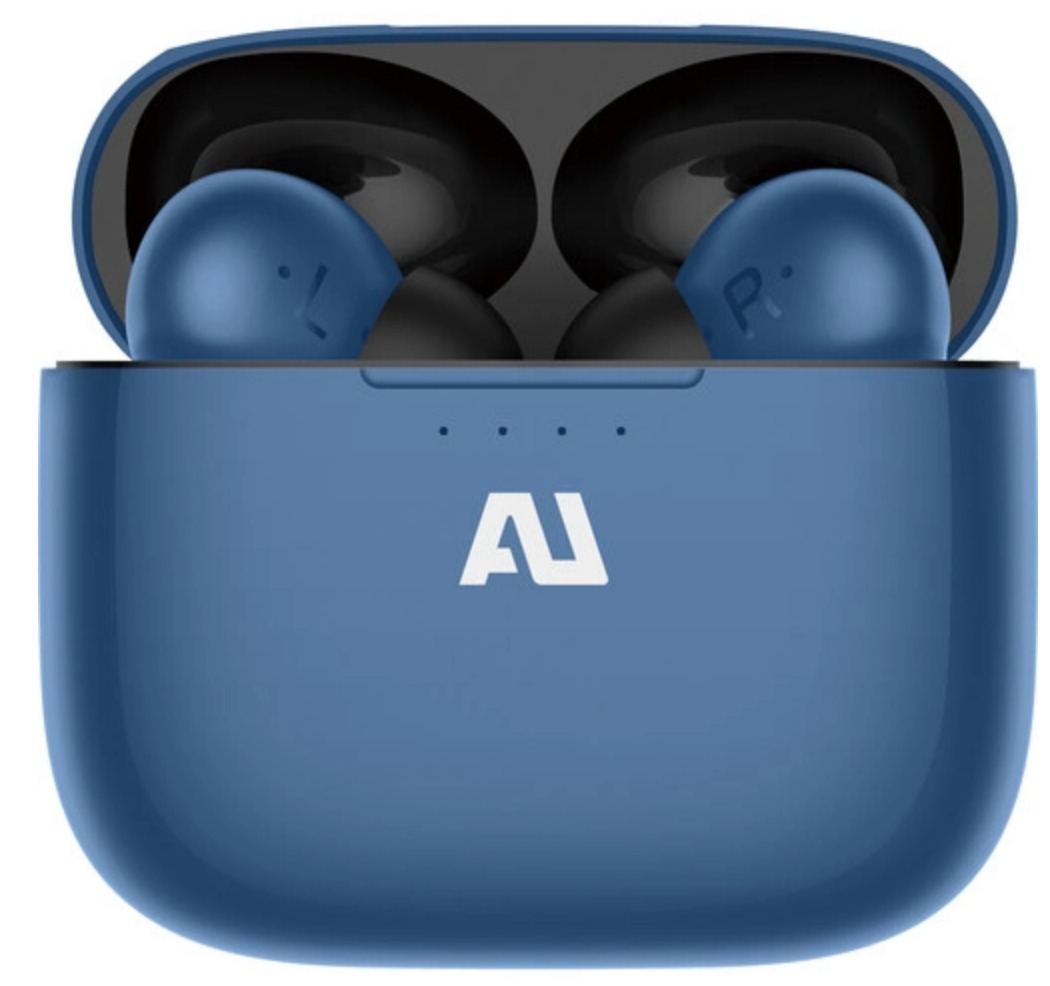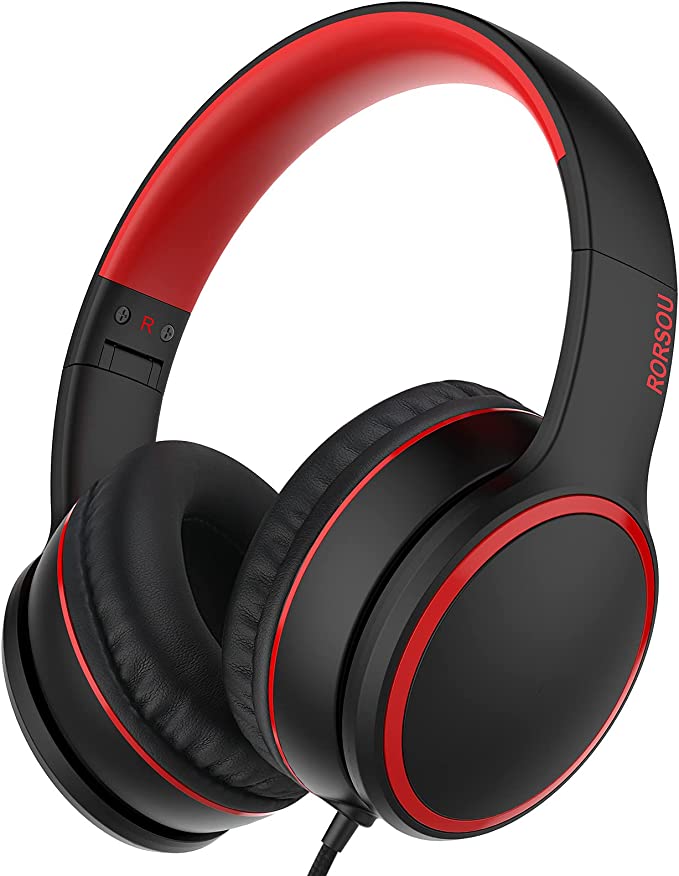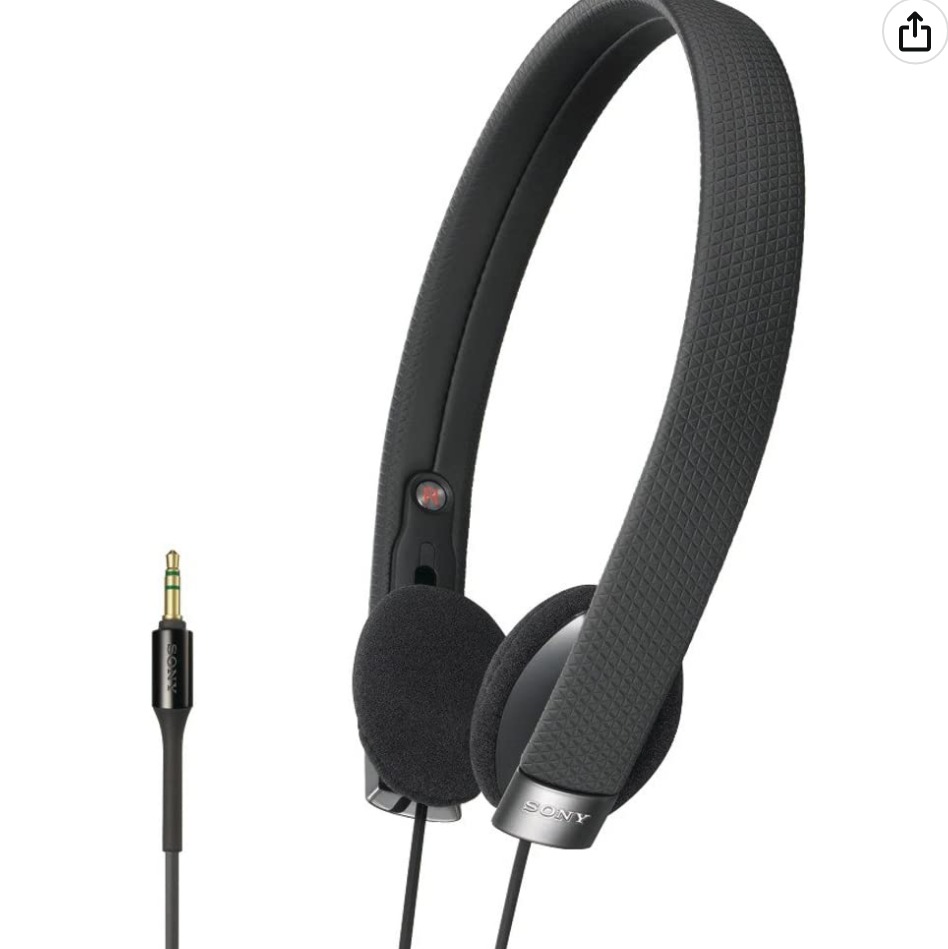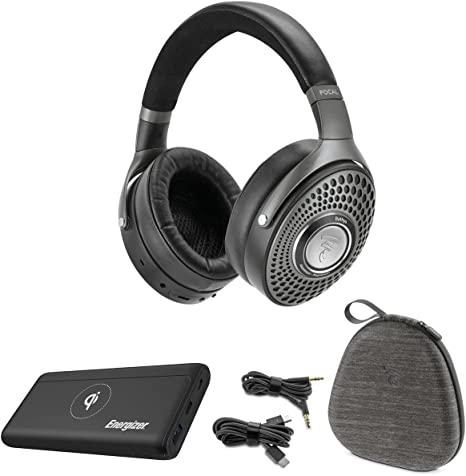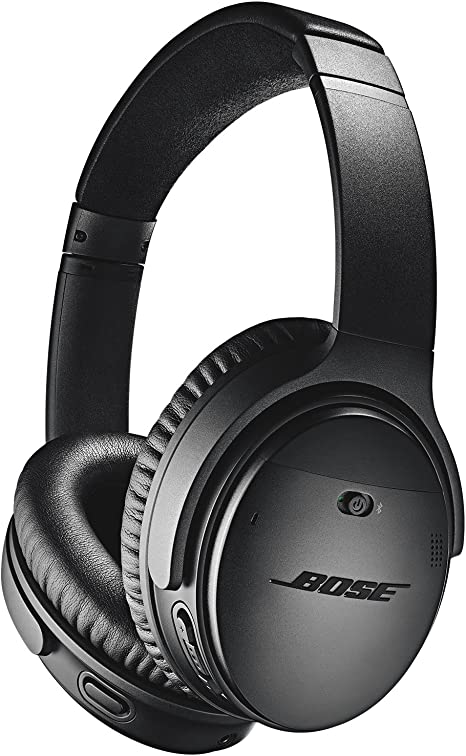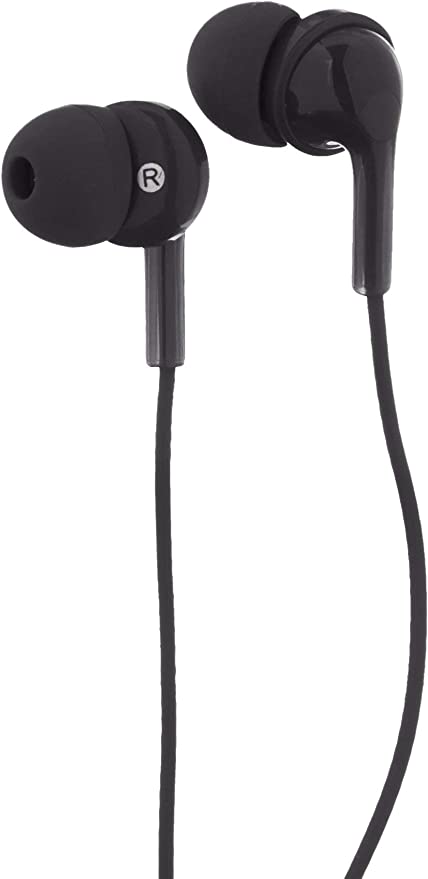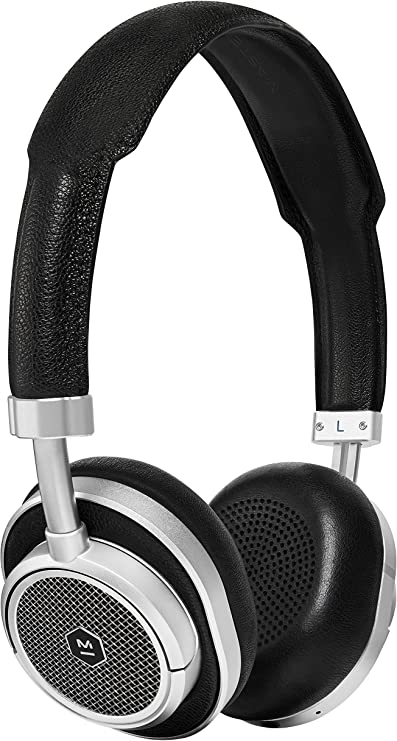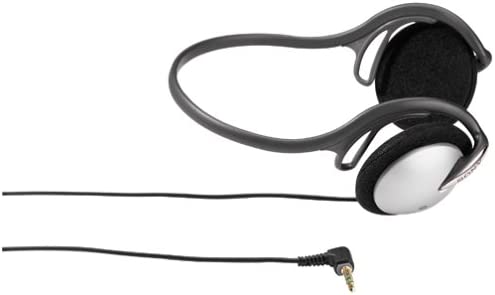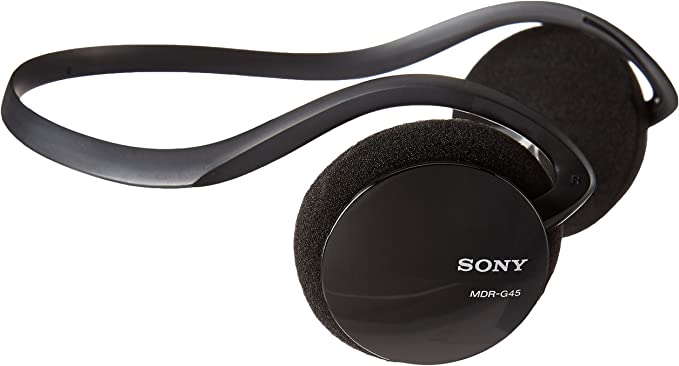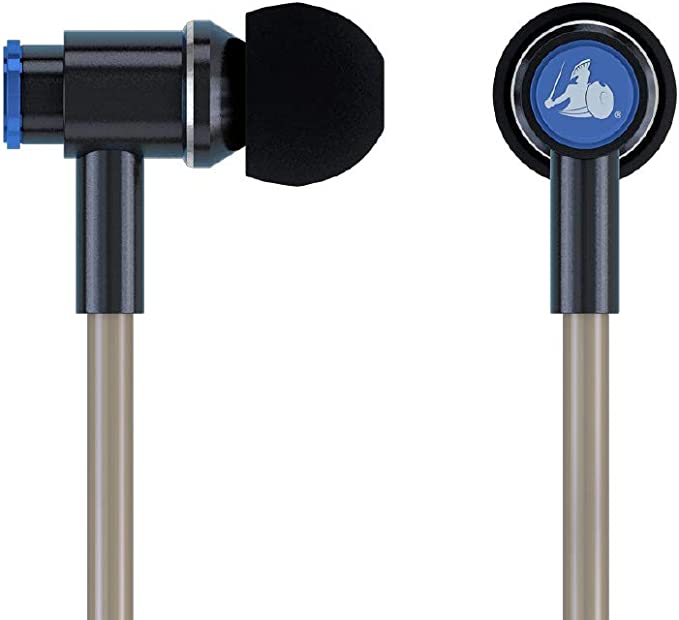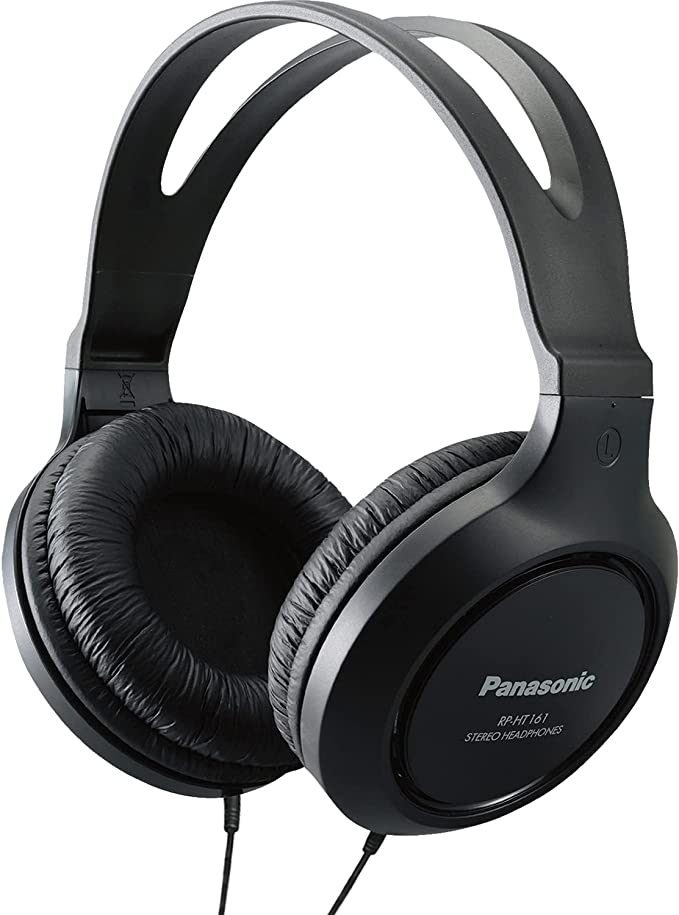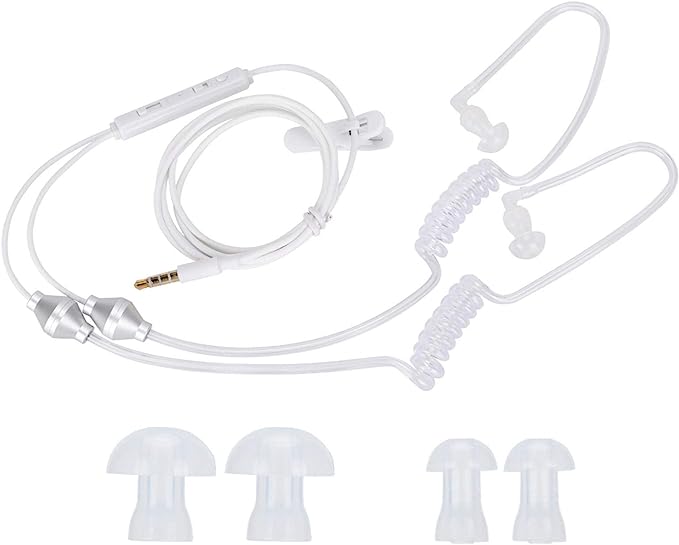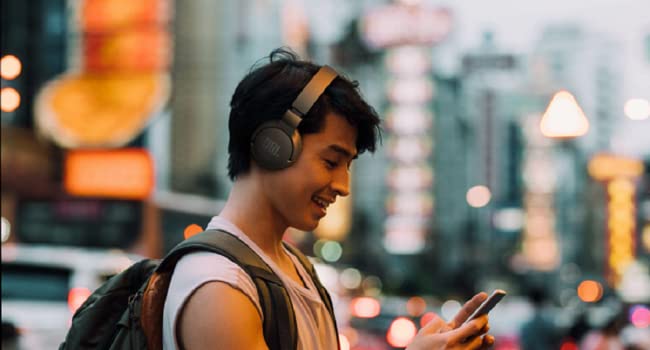OneOdio Pro-50 Studio Headphones: Unveiling the Science of Sound
Update on Sept. 23, 2025, 4:12 a.m.
Place a pair of headphones over your ears. In an instant, the world vanishes, replaced by another. It could be the intimate space of a jazz club, the cavernous echo of a cathedral, or the electric hum of a starship’s bridge. We take this daily miracle for granted: the bottling of entire universes into two small cups that barely touch our skin. But have you ever truly paused to ask how it’s possible? How does a simple, silent electrical current flowing through a wire blossom into the complex, emotional tapestry of a symphony?
This is not magic, though it often feels like it. It is a breathtaking dance between fundamental physics, clever engineering, and the fascinating quirks of our own perception. It’s a story of turning the intangible into the tangible, the electrical into the emotional. To unravel this story, we need a guide—a physical object to dissect and examine. For our purposes, a common pair of studio monitor headphones, like the OneOdio Pro-50, serves as a perfect specimen. It is a tool designed not just for listening, but for scrutinizing sound, and in its design, we can find the very principles that govern how we experience audio.

The Alchemist’s Transducer: Turning Electricity into Air
At the heart of every conventional headphone lies a remarkable little engine called a dynamic driver. Its job is one of pure alchemy: to transmute electricity into moving air, the very medium of sound. If you were to gently peel back the earpad of our Pro-50, you would find a 50mm driver, a component that operates on a principle discovered by Michael Faraday nearly two centuries ago: electromagnetism.
Imagine a very thin, circular membrane, or diaphragm. Think of it as the surface of a tiny drum. Attached to the back of this diaphragm is a coil of ultra-fine wire, known as the voice coil. This entire assembly is suspended within a powerful, permanent magnetic field, often generated by a strong neodymium magnet.
Now, the audio signal from your phone or computer—which is nothing more than a fluctuating electrical current—is sent down the headphone cable and into this voice coil. As the current flows, it generates its own tiny, rapidly changing magnetic field around the coil. This new field interacts with the permanent magnet’s field, causing a physical force. It’s a constant, microscopic tug-of-war: as the electrical signal undulates, the voice coil is violently pushed and pulled, thousands of times per second.
Because the coil is attached to the diaphragm, the diaphragm is forced to move with it, vibrating back and forth like the drum skin it resembles. This vibration pushes and pulls on the air molecules directly in front of it, creating waves of pressure—compressions and rarefactions. These pressure waves are the physical manifestation of sound. They travel from the headphone, through the small space in the earcup, and into your ear canal, where your brain finally interprets them as music, speech, or the roar of a cinematic explosion.
Here, the size of the driver, such as the 50mm one in our example, becomes significant. A larger diaphragm has more surface area, allowing it to move a greater volume of air with each vibration. This is particularly advantageous for reproducing low-frequency sounds. Creating the long, slow waves of a deep bass note requires moving a lot of air, and a larger driver is simply better equipped for that physical task, often resulting in a richer, more impactful low-end response.

The Digital Ghost: Chasing Reality with Zeros and Ones
Before that electrical signal ever reaches the driver, it begins its life in a digital world. Most of the audio we consume today is stored as a series of ones and zeros, a numerical approximation of a real-world, analog sound wave. The quest for “High-Resolution Audio” is, in essence, a quest to make this approximation as close to perfect as possible.
This is where we encounter a fascinating specification on our Pro-50: a frequency response that extends up to 40,000 Hz (40 kHz). This immediately raises a question: if the absolute upper limit of human hearing is around 20,000 Hz for a young, healthy individual, what is the point of reproducing frequencies that we cannot consciously hear?
The answer lies in the theory of digital sampling. Imagine trying to capture a perfectly smooth, curved line by only plotting a series of individual dots. The more dots you use, the more accurately your plotted points will represent the original curve. Digital audio works the same way. The original analog sound wave is “sampled” many times per second. The CD standard, for example, is 44,100 samples per second (44.1 kHz). Hi-Res Audio uses much higher sample rates, like 96 kHz or 192 kHz, capturing more “dots” to create a more faithful digital replica of the analog wave.
According to the Nyquist-Shannon sampling theorem, to accurately reproduce a frequency, you need a sample rate of at least twice that frequency. Therefore, a 44.1 kHz sample rate can faithfully reproduce frequencies up to about 22 kHz—perfectly covering the range of human hearing. The argument for extending frequency response to 40 kHz is more subtle and ventures into the realm of psychoacoustics. The theory posits that these ultrasonic “overtones,” while inaudible on their own, might interact with audible frequencies in complex ways, subtly altering the texture and timbre of the sounds we can hear, contributing to a greater sense of realism and airiness. It’s a controversial topic, but it represents the obsessive pursuit of fidelity that drives high-end audio engineering—an attempt to capture not just the notes, but the ghost of the original performance.

The Gatekeeper’s Toll: Understanding Impedance and Power
Between the digital file and the driver is a crucial relationship governed by electrical principles. You might see specifications like “Impedance: 32 ohms” and “Sensitivity: 110 dB” and wonder how they affect your experience. Let’s demystify them with a simple analogy.
Think of your audio player (like a smartphone) as a water pump. The volume of sound you hear is like the flow of water coming out of a hose. * Impedance (measured in Ohms) is like the width of the hose. A low-impedance headphone (like our 32-ohm Pro-50) is like a wide hose—it doesn’t resist the flow of water very much. A high-impedance headphone (some professional models are 250 or even 600 ohms) is like a very narrow hose, offering much more resistance. * Sensitivity (measured in dB) is the efficiency of the nozzle at the end of the hose. A high-sensitivity headphone will produce a lot of sound (water spray) with just a little bit of power.
A smartphone’s built-in amplifier is like a small, battery-powered pump. It doesn’t have a lot of pressure (voltage). If you connect a narrow, high-impedance hose to it, you’ll only get a trickle of water out. This is why high-impedance headphones often sound disappointingly quiet when plugged directly into a phone. They require a powerful, dedicated headphone amplifier (a big water pump) to force enough current through their resistance to produce adequate volume.
The 32-ohm impedance of our example headphone represents a brilliant engineering compromise. It’s a “wide enough” hose that the small pump in your phone or laptop can easily drive it to loud volumes. Yet, it’s also robust enough to handle the higher power from professional equipment like audio interfaces and mixing consoles. This makes it a versatile “universal citizen,” comfortable in both a home studio and a daily commute.

The Architecture of Isolation: Crafting a Room for Your Mind
Finally, we must consider the physical structure that houses all this technology. Headphones are not just electronics; they are acoustic architecture for your head. The Pro-50 is an “over-ear, closed-back” design, and these two terms are profoundly important.
“Over-ear” simply means the earpads are large enough to completely encircle your ears, rather than pressing on them. This distributes pressure evenly for comfort during long sessions.
“Closed-back” is the crucial acoustic distinction. It means the outer shell of the earcup is solid, creating a sealed chamber between the driver and your ear. Think of it as putting on a pair of earmuffs. This design creates passive noise isolation—it physically blocks a significant amount of external sound from reaching your ears. For a musician recording a vocal track or a DJ mixing in a loud club, this is non-negotiable. It ensures that they hear only the audio from the headphones, not the sound of their own voice or the cheering crowd bleeding through.
But this closed chamber also has a profound psychoacoustic effect. By isolating your ears from the ambient environment, a closed-back headphone creates an intensely private, direct listening experience. The sound feels like it’s originating “inside your head.” This is excellent for picking out tiny details in a mix but can sometimes feel less natural than the alternative: open-back headphones. Open-back models have a grilled or perforated outer shell, allowing air and sound to pass freely. This creates a more spacious, airy, and “out-of-head” soundstage, as if you’re listening to speakers in a room. However, they offer almost no noise isolation and leak sound profusely, making them impractical for most situations outside of quiet, solitary listening.
The choice of a closed-back design for a studio monitor like the Pro-50 is therefore a deliberate one, prioritizing isolation and detail retrieval over a naturalistic soundstage—a decision dictated entirely by its intended function.
From the push and pull of magnetic fields to the architectural acoustics of a sealed earcup, the journey of sound is a testament to human ingenuity. A headphone is far more than a simple accessory; it’s a sophisticated instrument designed to create a convincing reality. It harnesses the laws of physics to generate pressure waves and exploits the quirks of our psychology to build a sense of space and detail where none exists.
So, the next time you slip on a pair of headphones and press play, take a moment. Listen past the music and appreciate the silent, intricate dance of science happening just inches from your eardrums. You are not just blocking out the world; you are engaging with a marvel of engineering, a personal reality-crafting machine that turns cold, hard physics into the warmth of a familiar song. You are listening with new ears.
